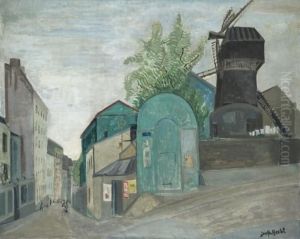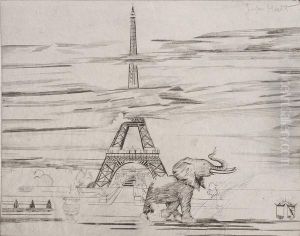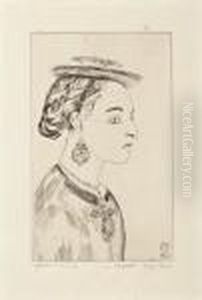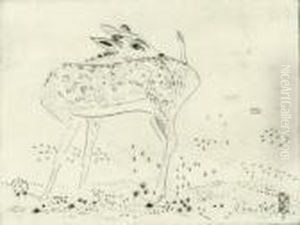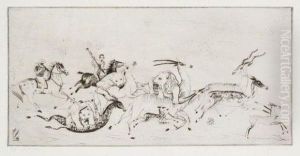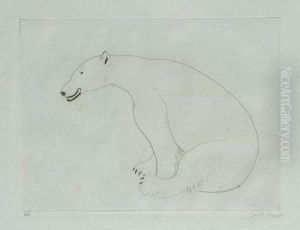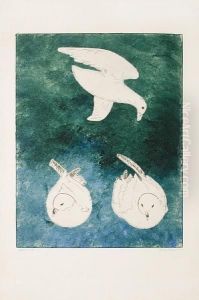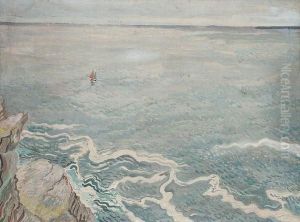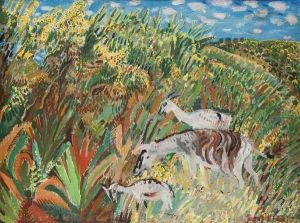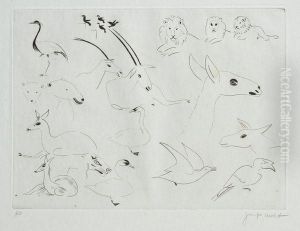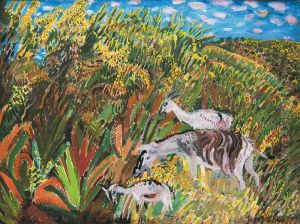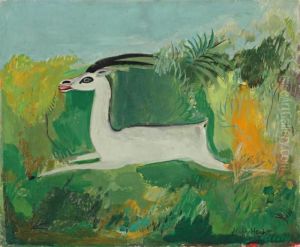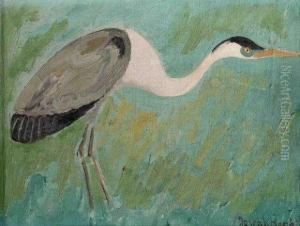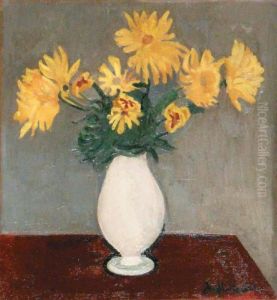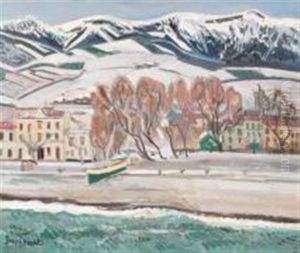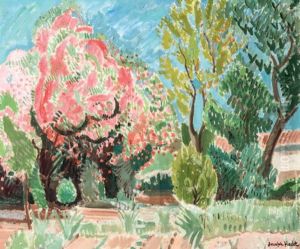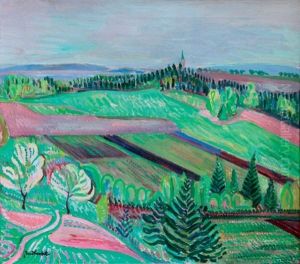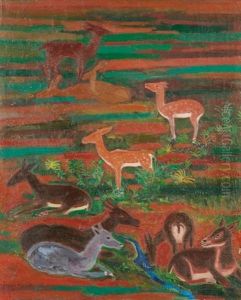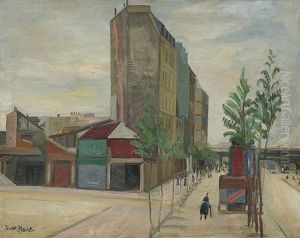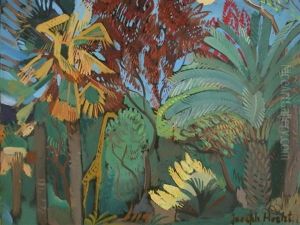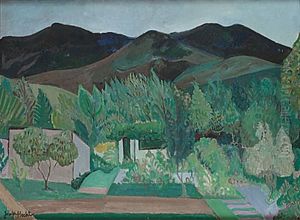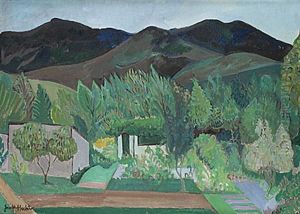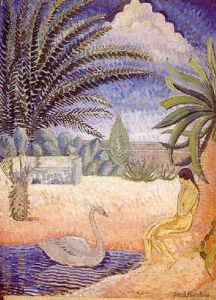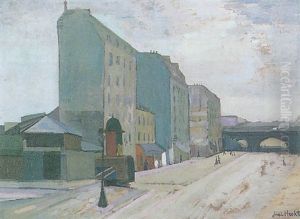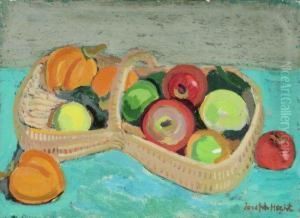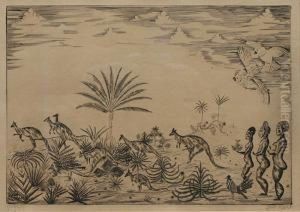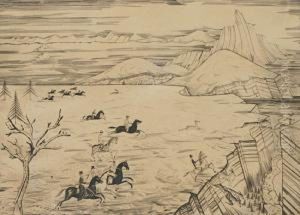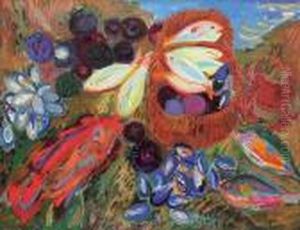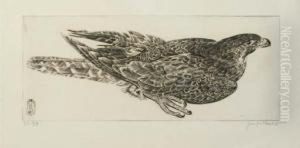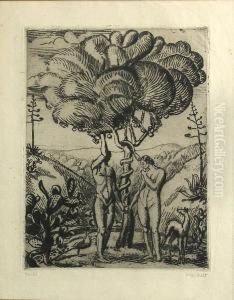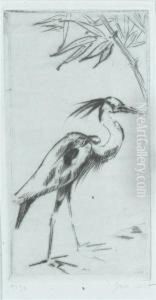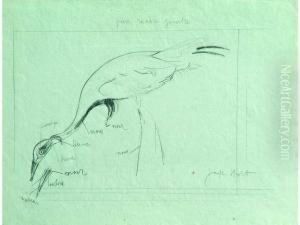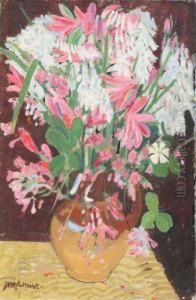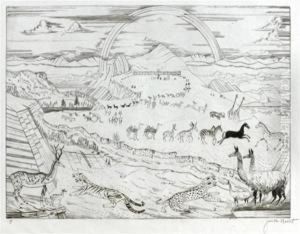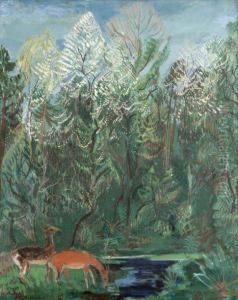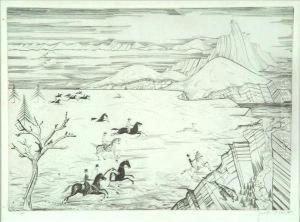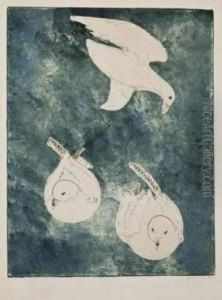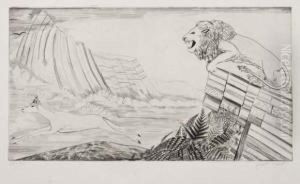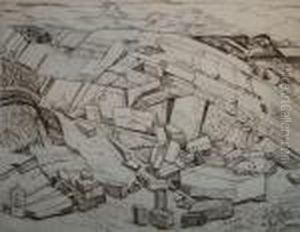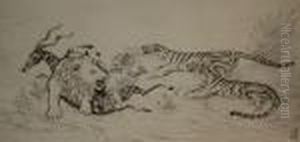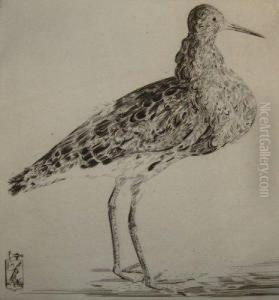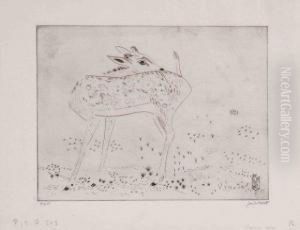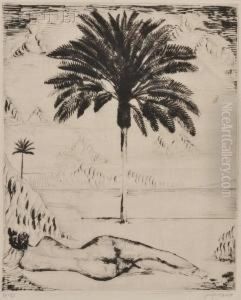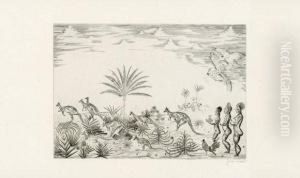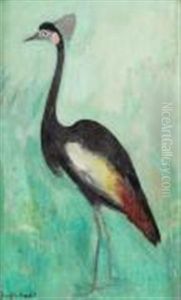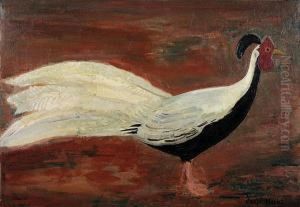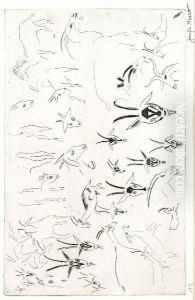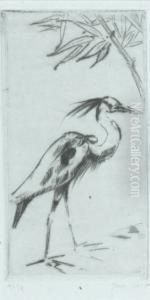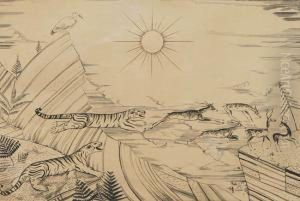Joseph Hecht Paintings
Joseph Hecht was a Polish-born French artist known primarily for his contributions to printmaking and the art of engraving. Born on December 19, 1891, in Łódź, Poland, Hecht developed an interest in art at an early age. He moved to Paris in 1912, where he initially studied painting at the Académie Julian. However, his focus shifted to engraving when he began studying at the École Nationale Supérieure des Beaux-Arts under the tutelage of Auguste-Louis Lepère, who was a renowned engraver at the time.
Hecht's work was profoundly influenced by his experiences during World War I, and he was known for his masterful use of the burin, an engraving tool used to create intricate lines and detailed images on metal plates. Hecht's engravings often depicted maritime scenes, animals, and biblical stories with a remarkable level of detail and a strong sense of composition.
In 1921, Hecht co-founded the modern printmaking group 'Atelier 17' with the British artist Stanley William Hayter in Paris. This studio became a significant center for the development of contemporary printmaking techniques and attracted many artists from Europe and the United States. It served as a collaborative space where artists could explore the creative possibilities of etching and engraving.
Joseph Hecht's contribution to the art of engraving was recognized with several awards throughout his career, including the Grand Prix for engraving at the Paris World's Fair in 1937. His work has been exhibited worldwide and is held in numerous museum collections, including the Bibliothèque Nationale de France and the Museum of Modern Art in New York.
Hecht's influence extended beyond his own work. He was a mentor to many younger artists, imparting his technical skills and artistic vision. During the rise of the Nazi regime, Hecht, who was Jewish, faced increasing dangers, and his art was labeled as 'degenerate.' However, he managed to survive the war and continued to work until his death in Paris on February 13, 1951. Joseph Hecht's legacy endures, particularly in the field of printmaking, where he is remembered as a master engraver and a pioneer in modern techniques.
